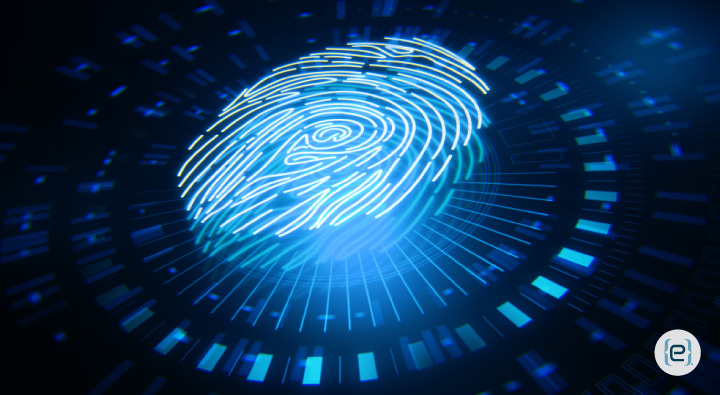The Digital Truth Seekers: Inside the World of Deepfake Detection


The Authentication Arms Race
As synthetic media grows more sophisticated, a new breed of technology has emerged from the digital shadows. Here’s our bold take: deepfake detectors are becoming as crucial to your digital safety as antivirus software was to the early internet. Yet, they’re fighting a battle that may never fully end.
The Digital Detective Work
Modern deepfake detectors operate like digital forensics experts, analyzing countless subtle signals invisible to human eyes. From inconsistent shadow patterns to unnatural blinking rates, these tools search for the tiny imperfections that betray artificial content. This is a high-stakes game of cat and mouse, where every new AI trick leads to a new countermeasure.
- The Pixel Pattern Hunt: Current detection technology often focuses on microscopic patterns left by AI tools. Think of it as examining digital fingerprints—every AI system leaves a unique trace, visible only to specialized algorithms.
- The Biological Betrayal: Human faces follow certain biological rules—the way eyes move, how expressions flow, how skin reflects light. Advanced detectors analyze these markers, flagging content that violates natural movement patterns. It’s like having a digital uncanny valley detector at your disposal.
- The Audio Analysis: Beyond visuals, sophisticated tools analyze audio for synthesis. They examine frequency patterns and emotional consistency, identifying subtle markers that distinguish artificial speech from real voices.
The Behavioral Blueprint and Metadata Mining
Some of the most advanced detectors look at behavioral patterns—how people move, how their expressions change, how they interact with their environment. Natural human behavior follows patterns that AI still struggles to replicate perfectly. Meanwhile, detection isn’t just about visible content. Modern tools dig into file metadata, examining creation patterns, modification timestamps, and compression artifacts that might reveal synthetic origins.
The Neural Network Battle and Real-Time Challenge
It’s become an AI versus AI arms race. As generative models become more sophisticated, detection systems employ increasingly advanced neural networks to spot fakes. Each breakthrough in generation leads to new detection methods. The holy grail? Real-time analysis—identifying synthetic content as it’s being displayed. Imagine a truth filter for your digital glasses, highlighting potentially fake content as you encounter it.
- The Social Context: Modern detectors don’t just analyze technical aspects—they examine social context. Does the content match known facts? Does it align with verified timelines? Context-aware detection adds a crucial layer of verification.
- The Chain of Custody: Advanced systems now track digital content from creation to distribution, establishing chains of custody like legal evidence. Any break in this chain flags content for greater scrutiny.
The Privacy Paradox and False Positive Problem
As detection technology becomes more sophisticated, it raises privacy concerns. How do you balance the need to verify authenticity with personal privacy rights? Some detection methods require access to potentially sensitive metadata. Like early spam filters, deepfake detectors must balance sensitivity with accuracy. Too sensitive, and they flag legitimate content. Too permissive, and they miss sophisticated fakes. This balance is critical as synthetic content improves.
The Human Factor and Future Frontier
Despite technological advances, human judgment remains crucial. Detection systems work best as tools to assist your analysts, not as autonomous arbiters of truth. Emerging technologies such as blockchain authentication and digital watermarking might offer new approaches to content verification. Instead of just detecting fakes, you may soon focus on proving authenticity.
- The Education Evolution: As detection technology evolves, digital literacy becomes increasingly important. Understanding how to use and interpret detection tools is as fundamental as spotting spam emails.
- The Implementation Impact: Organizations are integrating deepfake detection into their security infrastructure. Newsrooms, government agencies, and businesses are making verification tools standard equipment. Learn more about security and privacy best practices for your organization.
The Bottom Line: Maintaining Trust in a Synthetic World
Deepfake detection isn’t just about spotting fake videos—it’s about maintaining trust in your increasingly synthetic digital world. As artificial content becomes more prevalent and sophisticated, detection tools will become as essential as passwords and firewalls. Discover how AI for cyber security is shaping the next generation of digital defenses.
The Long Game: Rethinking Digital Authenticity
Looking ahead, the future of deepfake detection might not lie solely in better algorithms, but in fundamentally new approaches to digital authenticity. We may need to rethink how we create and verify digital content from the ground up. Like the early days of email spam, deepfake detectors will evolve from crude pattern matching to sophisticated, context-aware systems.
Are you ready to safeguard your organization against synthetic threats? Contact eMazzanti today to learn how we can help you implement advanced detection tools and maintain trust in your digital ecosystem.
Recent Posts
Look Inside For Cyber and Insider Threats
In more than 20 years of speaking at events, I have noticed a recurring theme…
AI-Powered Software Slashes Law Firm Costs and Boosts Efficiency
Artificial Intelligence (AI) is transforming industries across the board, but its impact on the legal…
Make Sure Your Point of Sale System Is On Point
Point of sale (POS) systems are helpful for both retailers and customers. They let consumers…
Counter Dark Web Threats With AI-Backed Cybersecurity Tools
Businesses of all sizes today are confronting a rising number of sophisticated cyber security threats,…
A Cybersecurity Workout
Greetings! I am Carl Mazzanti, and I have been sharing my thoughts in these kinds…
Step Up Your Threat Response With Security Copilot
As we move deeper into 2025, you are probably focusing on ways to expand your…


